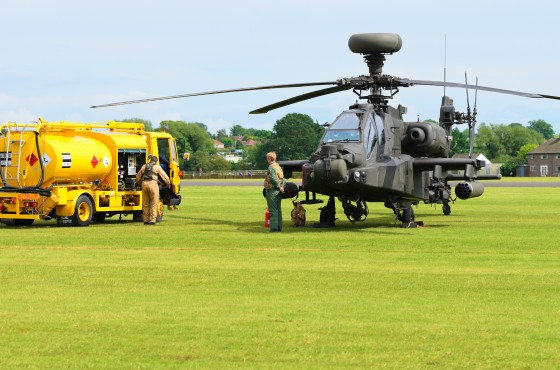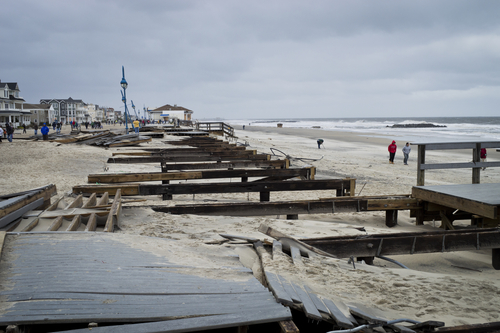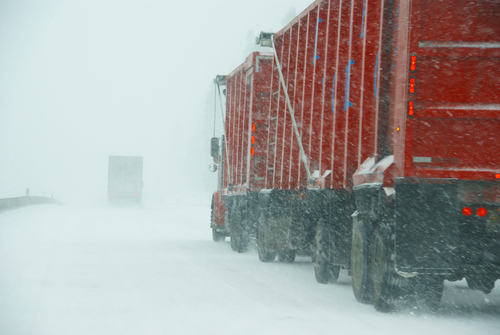The following is an excerpt from the RIMS executive report “Terrorism Risk Insurance Act: The Commercial Consumer’s Perspective.” The report is available for download here.
Opponents and skeptics of TRIA express concern that the program is tailored to benefit only major metropolitan cities such as New York City, Chicago, San Francisco, etc.; however, major cities are not the only areas facing the very real threat of terrorism, as the 1995 Oklahoma City bombing made evident. Additionally, while the recent attacks in Boston occurred in a major city, they did not occur in a major financial center or area that would be seen as exclusive to such a city. They occurred during a marathon race and city celebration; similar events take place throughout the country on almost a daily basis.
On January 31, 2012, the National Consortium for the Study of Terrorism and Responses to Terrorism (START) released its “Hot Spots of Terrorism and Other Crimes in the United States, 1970 to 2008” report to the Department of Homeland Security. This report found that more than 2,600 terrorist events, defined as “the threatened or actual use of illegal force and violence by a non-state actor to attain political, economic, religious, or social goal through fear, coercion, or intimidation,” occurred in the United States during those years.
On April 29, 2010, the Heritage Foundation published a list of thirty known terrorist plots that had been foiled in the United States following 9/11. These plot targets included a shopping mall in Columbus, Ohio; gas pipelines in Wyoming; and a federal building in Springfield, Illinois. This again shows that major cities are not the only targets of terrorists.
On September 8, 2011, The Daily Beast published 10 additional foiled plots that had occurred after April, 2010, one of which was a plot to target Christmas tree lighting in Portland, Oregon.19
These lists and studies are highlighted because they show that major cities are not the only terrorist targets in the United States. Any venue that brings together a large group of people is a potential target for terrorism whether it be a sports venue, a hospital, a school or university, a large commercial building, a utility, place of worship or Christmas tree lighting.
Businesses and organizations, whether in New York or Columbus, Ohio, need adequate terrorism coverage and the market stability TRIA provides to manage that risk.




